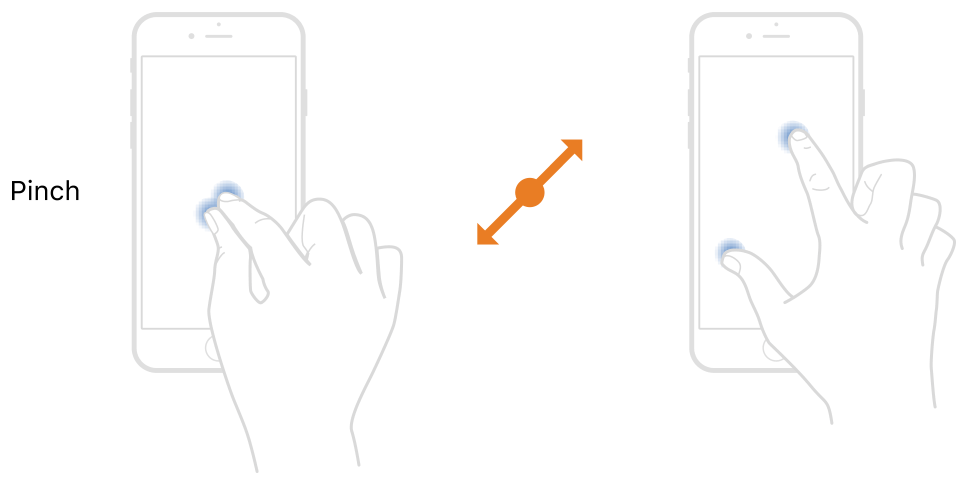James Stirling
Forum Pro
That does show the resolution or lack ofI was about to say the same - billboards are actually printed at quite a low dpi - because, as you say, they're viewed from some distance, they don't need to be any finer.Billboards due to the typically huge viewing distances are not particularly demanding on image qualityPhotographer Joe Edelman talks about a billboard print he shot with an Olympus E-M1 Mkll. It's a very interesting video, as he describes the entire process. If you want to watch, just skip the first two minutes.
https://fstoppers.com/originals/how-many-megapixels-do-you-need-print-billboard-220239
Nikon printed an image taken by Joe McNally with a 3mp P&S 65x43 foot 25 years ago on display in Times Square
https://www.dpreview.com/articles/1845296760/coolpix990bigprint
I actually have the prints of one here in my office, from something I did professionally a few years ago and took a scan of it next to a ruler to post here some time ago. You can see how coarse it is - not sure if this will embed as DPR no longer likes my image host, but might work as a link:
https://photos.imageevent.com/boophotos/olddpreview/billboardscan.jpg
I do enjoy the high MP models but for most uses it is more a fun option than vital . I do have a fairly powerful PC but these days I don't shoot in high volumes ( I used to do weddings and the like ) . So processing time is not really an issue. I also enjoy the post processing experience which I appreciate not everyone doesIn respect of the thread subject - I'm personally happy with lower MP counts (12-16 is my own sweet spot, 20MP would maybe be nice, but not necessary) for my own purposes - I'd need a new computer to go much bigger - but I also get how that wouldn't suit others either who have different requirements - same as I don't need fast or pinpoint AF or very quick start up time, but others do.
That is very true , really unless you have a very niche use case , there are a host of ILC cameras going back a few years now.I am more likely at the moment to scale down my current gear than add any more , though temptation is a terrible thingWe all choose cameras to suit our needs and there's a huge amount to choose from.
--
Jim Stirling:
"Cogito, ergo sum" Descartes
Feel free to tinker with any photos I post
Last edited:






